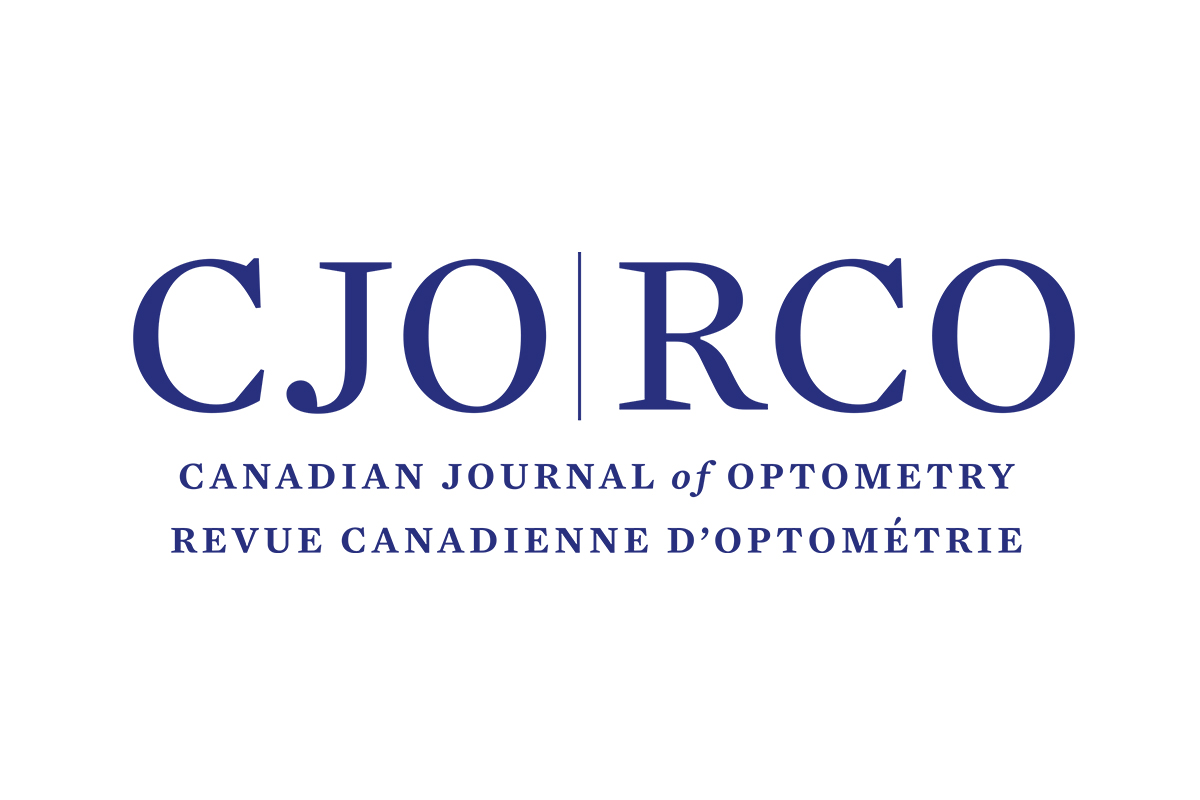Improved ways to screen for patients with Fabry disease, involving optometry in a multidisciplinary approach
DOI :
https://doi.org/10.15353/cjo.74.550Mots-clés :
Fabry disease, screening program, corneal pigmentation, urine biomarkers, lysosomal storage disorderRésumé
Purpose: Fabry disease is considered a rare disease, based on its prevalence. It is recognized, however, that there are many individuals aff ected who are unscreened. This article aims to demonstrate how optometrists can help to defi ne improved ways to screen patients aff ected by this rare metabolic disorder, in a multidisciplinary perspective.
Methods: A screening model, based on continuous education for optometrists was developed. Under this model, suspect patients identifi ed by optometrists are referred to Université de Montréal's vision clinic (EOUM) for further testing and assessment. Should ocular manifestations and/or case history prove relevant to these rare diseases, a urinary test is then performed to fi nd related biomarkers. When suspicions narrow to probable Fabry disease, the subjects are referred to metabolic disorder specialists for complete DNA testing and medical follow-up of their condition.
Results: Continuous education lectures were given across Quebec, reaching nearly 60% of the province’s optometrists. Sixteen months following the model's implementation, ten suspected patients were referred. Of these, two new Fabry patients were confi rmed, leading to the diagnosis of fi ve other relatives with the disease. Two additional persons, diagnosed as Fabry patients, but lost to medical follow-up for many years, were once again placed under the care of Fabry experts. To this point, because of optometric involvement, seven new patients of Fabry were diagnosed and two were brought back under experts care.
Conclusion: Continuous education lectures were given across Quebec, reaching near 60% of the province’s optometrists. Sixteen months following the model's implementation, ten suspected patients were referred. Of these, two new Fabry patients were confi rmed, leading to the diagnosis of fi ve other relatives with the disease. Two additional persons, diagnosed as Fabry patients, but lost to medical follow-up for many years, were once again placed under the care of Fabry experts. To this point, because of optometric involvement, seven new patients of Fabry were diagnosed and two were brought back under experts care.
Publié-e
Comment citer
Numéro
Rubrique
Licence
© Langis Michaud, Christiane Auray-Blais 2012

Cette œuvre est sous licence Creative Commons Attribution - Pas d'Utilisation Commerciale - Pas de Modification 4.0 International.


